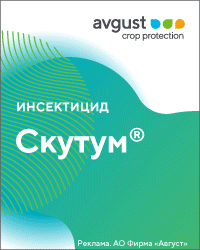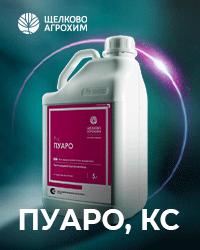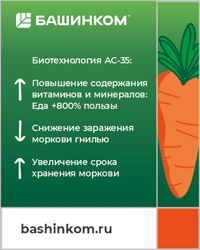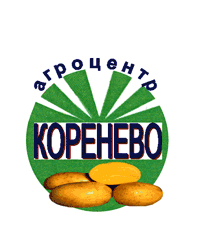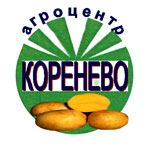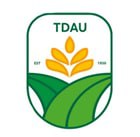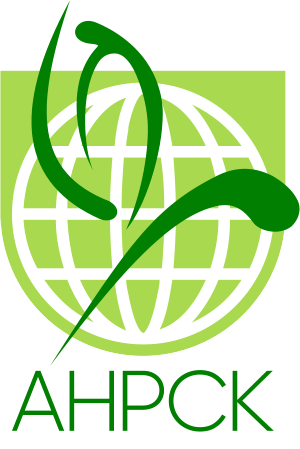UDC 339.13
https://doi.org/10.25630/PAV.2025.16.55.004
Yankovskaya V.S., Dunchenko N.I.
The article presents the results of a generalization of 15 years of scientific research experience in the field of a systematic approach to the selection of plant components as sources of functional food ingredients (FPI) in the creation of functional dairy products with fillers. The proposed methodological approach to choosing the name and source of the FPI in the design of functional products includes generally accepted methods and quality tools, as well as methods of qualimetric forecasting. The aim of the work is to develop a methodological approach to the selection of components for food fortification, based on the study and consideration of a set of additional requirements. The new approach includes an algorithm for identifying and examining all internal and external requirements for the designed products and their production processes necessary for an informed choice of the name of the FPI and its source. The article reveals the content of three key stages of the proposed approach: the formation of sets of requirements for regulatory documentation for functional products.; drawing up a list of preferred FPI for product enrichment and developing a methodological approach to choosing the name of the FPI. The features of the regulatory requirements for functional products and FPI are considered. Mandatory regulatory requirements are given. The list of FPI names with the most complete regulatory framework containing all the necessary requirements for the selected FPI is given (attribution to ingredients with unambiguously proven functional properties, the recommended physiological daily intake rate approved in the regulatory documentation, the minimum amount of FPI in 100 g or 100 cm3 of products necessary to ensure its functional properties). This list is preferable for choosing the FPI during product development. The requirements for the content of the listed FPI in the finished product are given, which are necessary to ensure the legality of the use of the term «functional product» in relation to the designed product. The basic prescription and technological factors are considered when choosing the name of the FPI and its source. To implement all the above elements of the methodological approach, when selecting components for food fortification, methods are provided to identify and take into account all the factors influencing the choice of the name and source of the FPI.
Key words: functional food products, functional food ingredients, fortification, product design, methodology, regulatory requirements
Yankovskaya V.S., D.Sci (Techn.), professor of department of quality management and product science. E-mail: vs3110@yandex.ru
Dunchenko N.I., D.Sci (Techn.), professor of department of quality management and product science. E-mail: ndunchenko@rgau-msha.ru
Federal State Budgetary Educational Institution of Higher Education “Russian State Agrarian University – Moscow Agricultural Academy named after K.A. Timiryazev”
- Earle M.D., R.L. Earle. Building the Future on New Products. Leatherhead. Leatherhead Food RA. 2000. 144 p.
- Yankovskaya, V.S. Cherstvoj A.A. Qualimetric assessment of agricultural products. Technology and commodity science of innovative food products. 2012. No5(16). С. 80–84. (In Russ.)
- Kajshev V.G., Seregin S.N. Functional foods: the basis for disease prevention, health promotion and active longevity. Food industry. 2017. No7. С. 8–14. (In Russ.).
- Dunchenko N.I., Shchetinin M.P., Yankovskaya V.S. Product quality management. The food industry. For Masters. St. Petersburg. “Lan” Publishing House. 2018. 244 p. (In Russ.).
- Davidovich E.A. Food quality and nutrition culture. Environmental safety in agriculture. Abstract journal. 2010. № 4. Pp. 1149. (In Russ.).
- Pivovarov V.F. Pyshnaya O.N., Gurkina L.K. Vegetables – products and raw materials for functional nutrition. Nutrition issues. 2017. Vol. 86, No3. Pp. 121–127. (In Russ.).
- Belyakova Z.Yu., Makeeva I.A., Stratonova N.V. [et al.]. Role Of Organic Products In The Implementation Of The State Policy Of Healthy Nutrition In The Russian Federation. Foods and Raw Materials. No6(1). Pp. 4–13. DOI 10.21603/2308-4057-2018-1-4-13.
- Lisicyn A.B., Chernukha I.M., Lunina O.I. Current trends in the development of the functional food industry in Russia and abroad. Theory and practice of meat processing. 2018. Vol.3. No1. С. 29–45. DOI 10.21323/2414-438X-2018-3-1-29-45. (In Russ.).
- Tihomirova N.A., Volokitina Z.V., B.T. Nguen. Low-lactose fermented milk product with vegetable ingredients. Dairy industry. 2020. No6. Pp. 35–37. (In Russ.).
- Yankovskaya V.S., Dunchenko N.I., Voloshina E.S. [et al.]. Risk qualimetry methodology as a basis for ensuring product quality and safety. Dairy industry. 2021. № 11. С. 52-53. DOI 10.31515/1019-8946-2021-11-52-53. (In Russ.).
- Yankovskaya V.S., Dunchenko N.I. Methodology of conducting sociological research in food design. Cheese and butter making. 2024. No4. Pp. 34–40. DOI 10.21603/2073-4018-2024-4-2. (In Russ.).
- Bobkova E.Y., Vorobyev D.I., Vorobeva A.V. [et al.] Assessment of economic efficiency of putting the functional food products into production // Agrarian Science. 2022. No10. Pp. 149–153. DOI 10.32634/0869-8155-2022-363-10-149-153.
PDF(Rus)
For citing: Yankovskaya V.S., Dunchenko N.I. A new approach to the selection of components for food fortification. Potato and vegetables. 2025. No6. Pp. 41-46. https://doi.org/10.25630/PAV.2025.16.55.004 (In Russ.).

